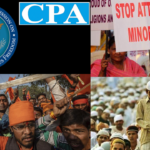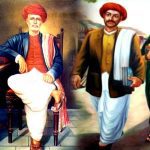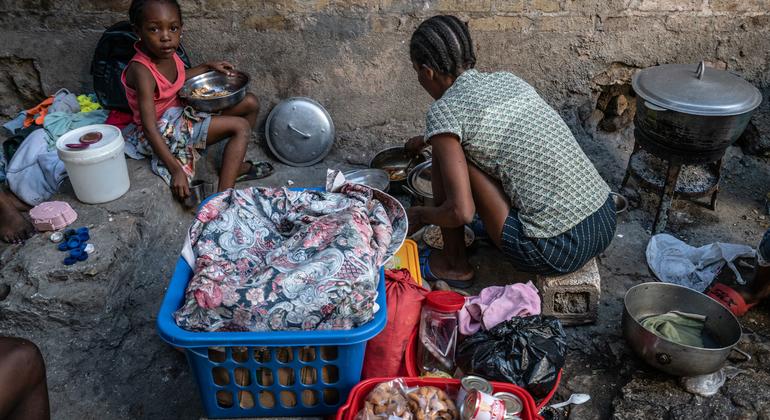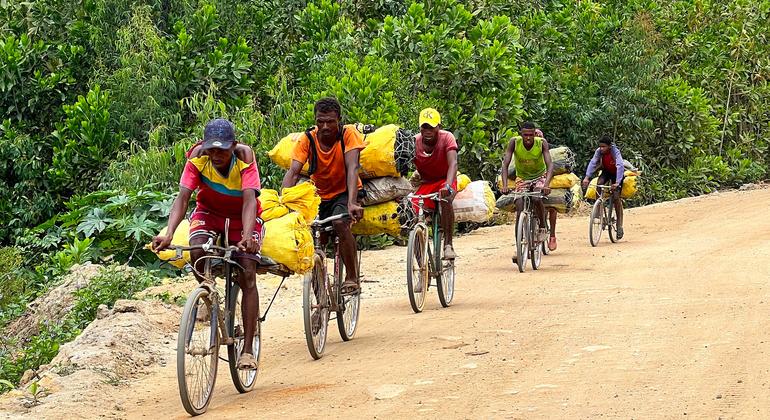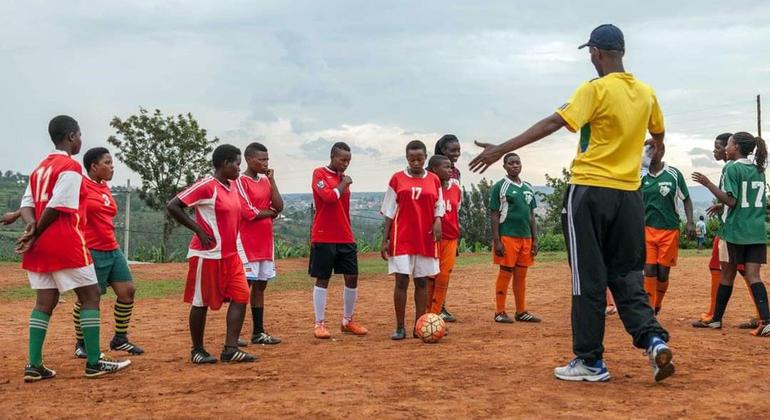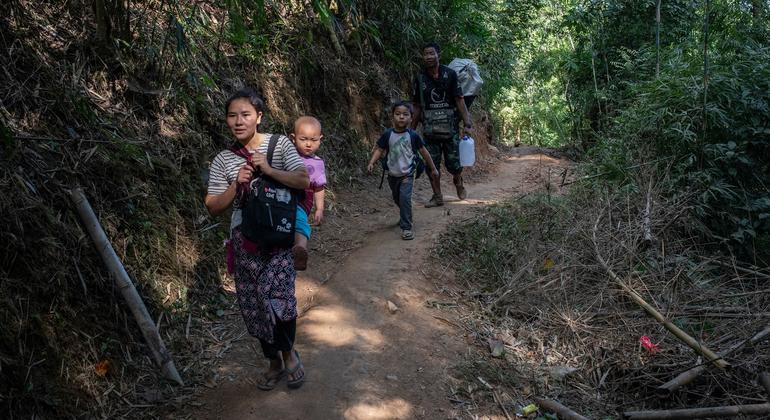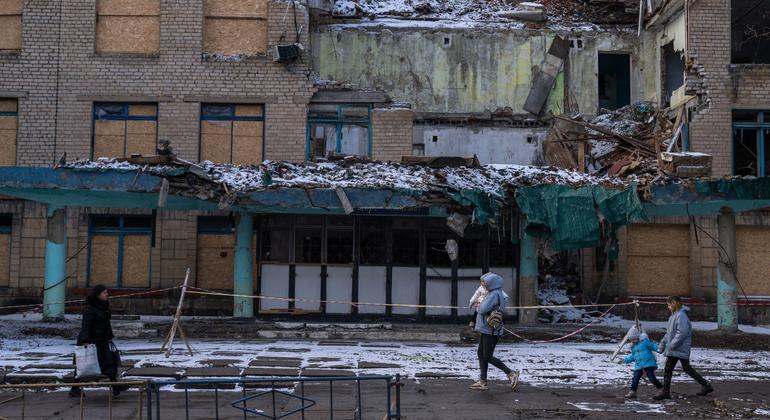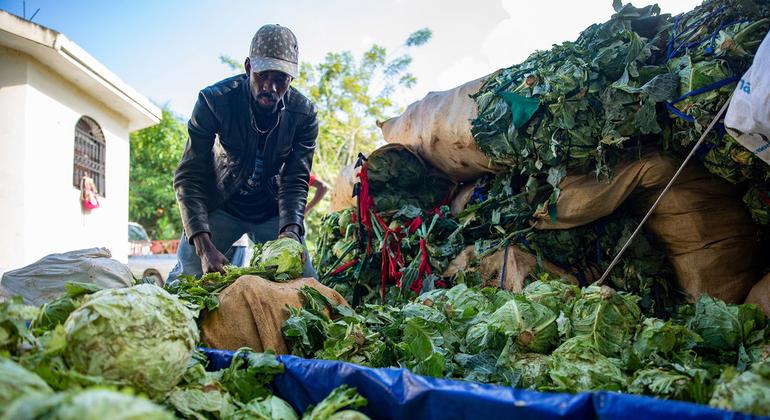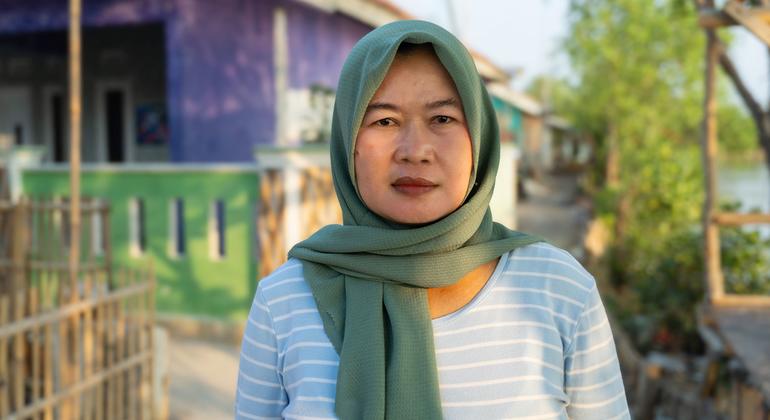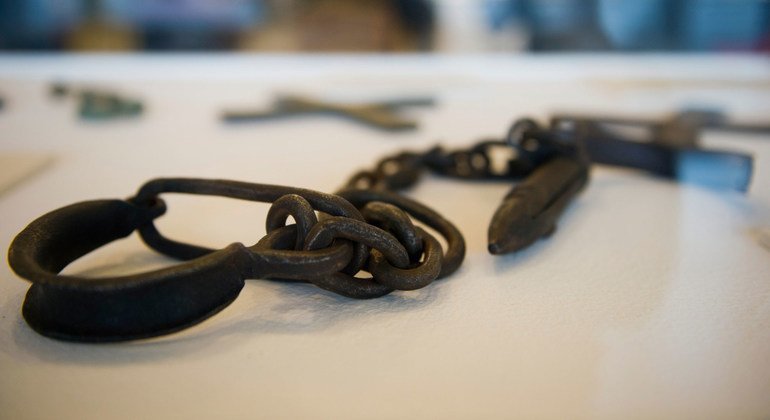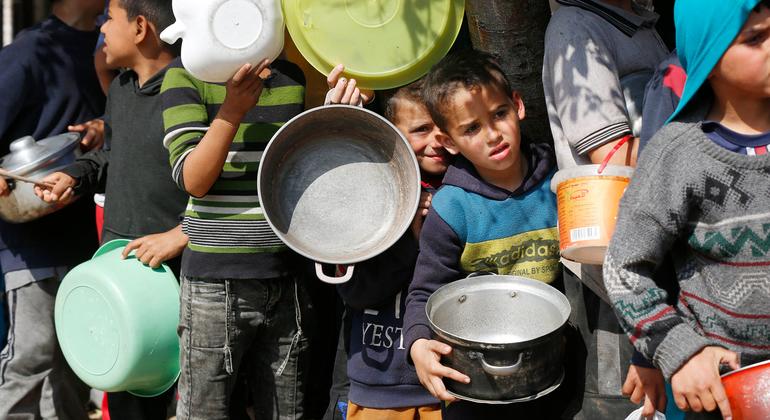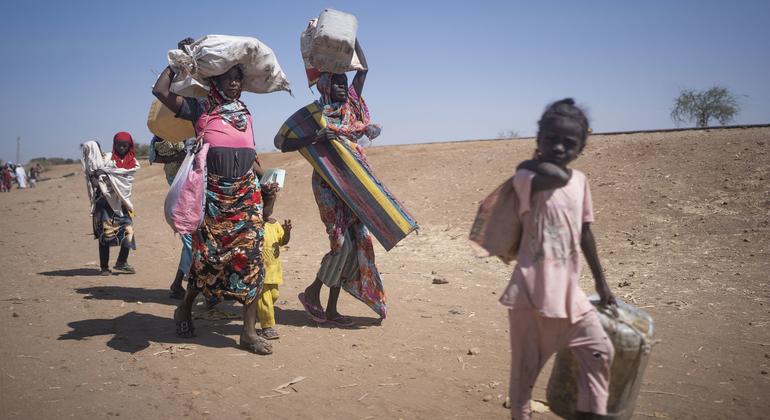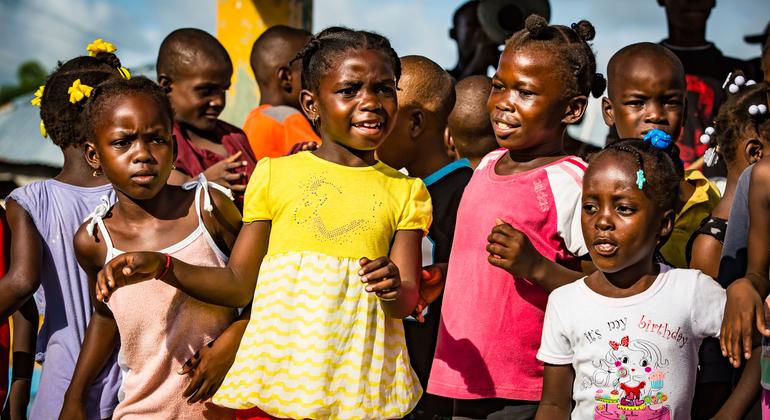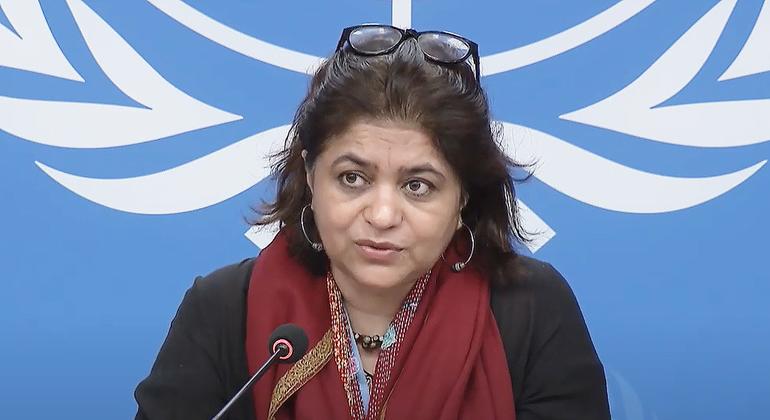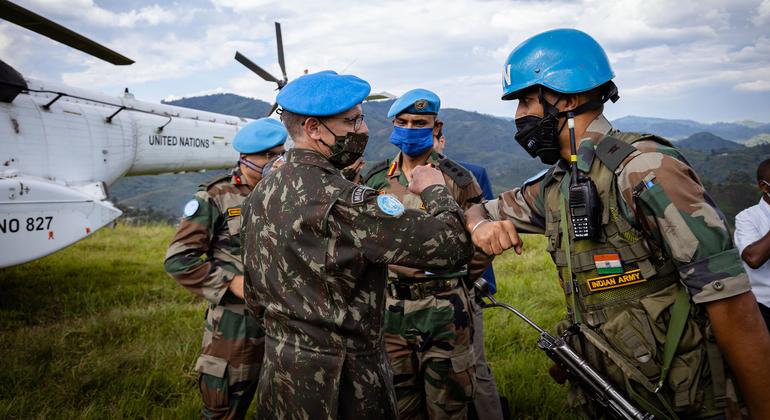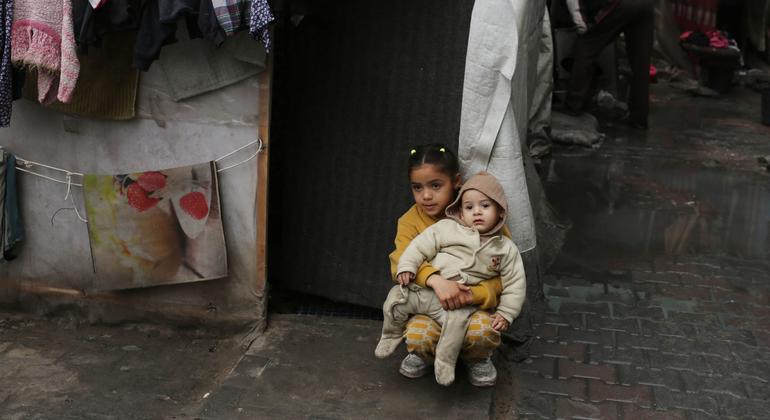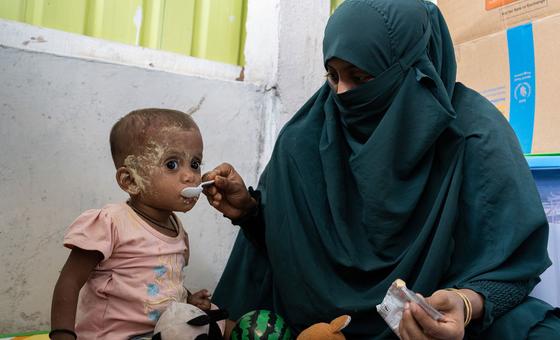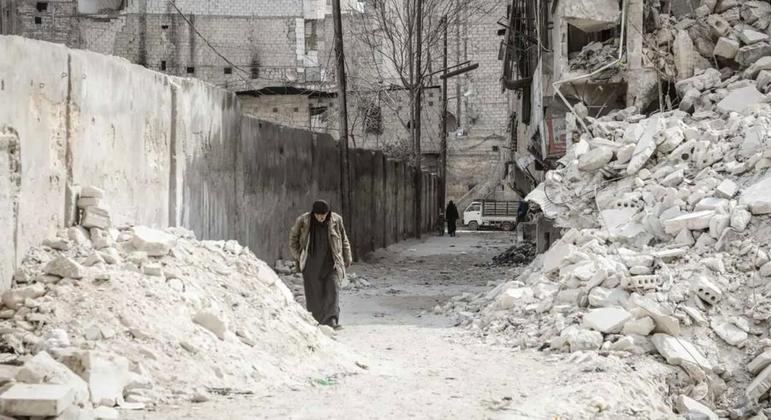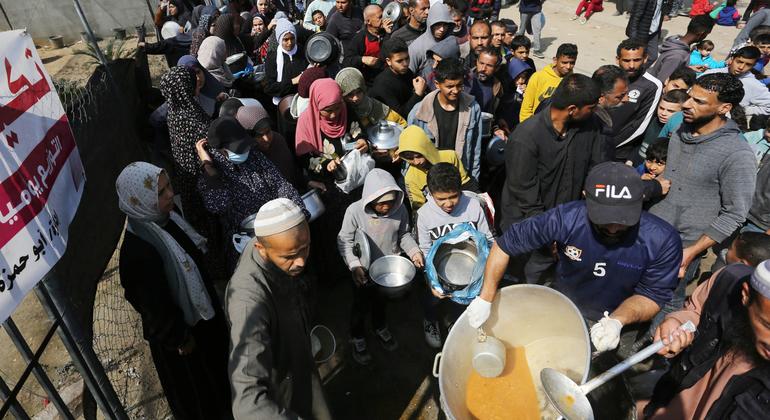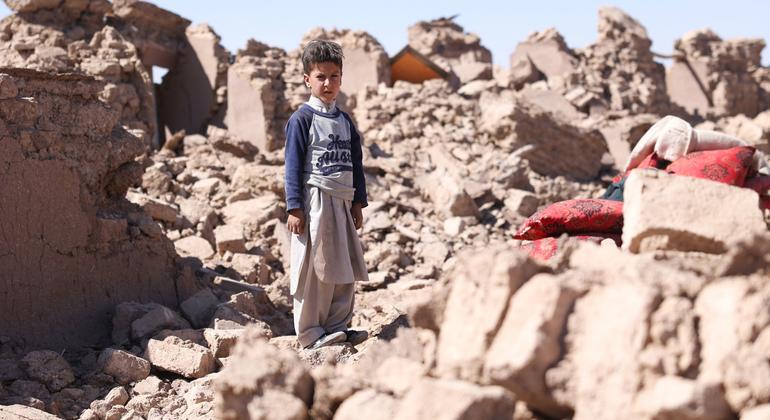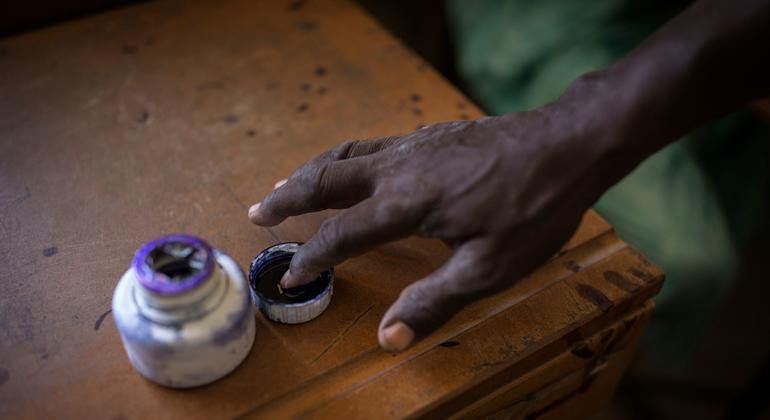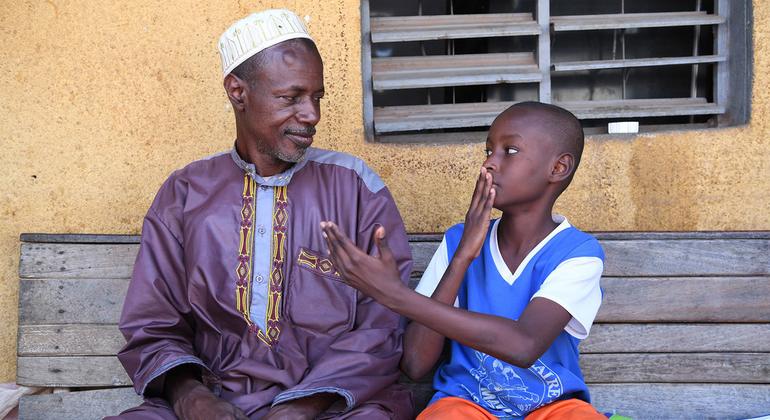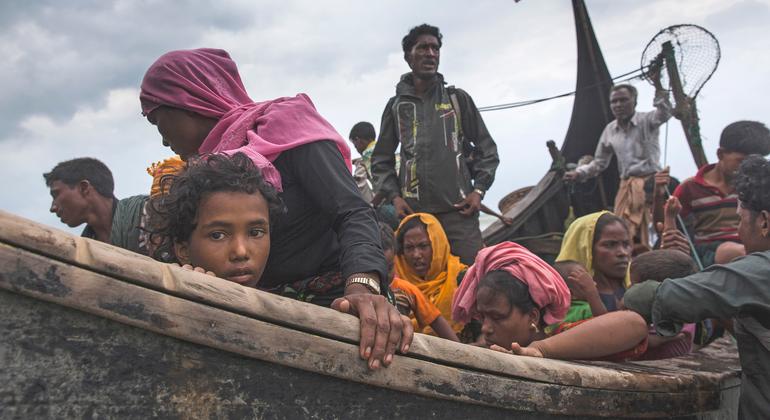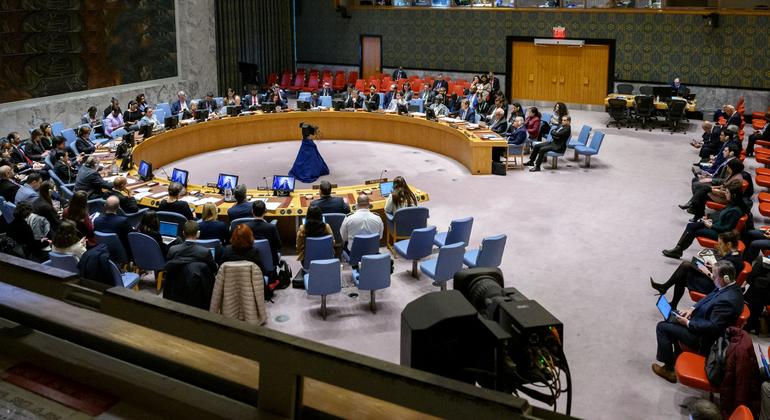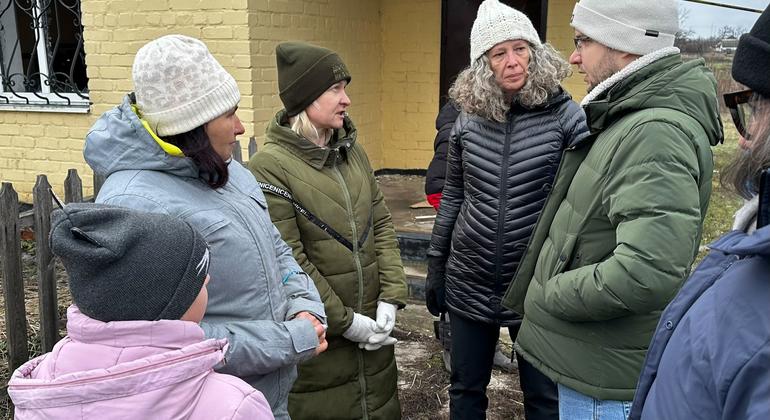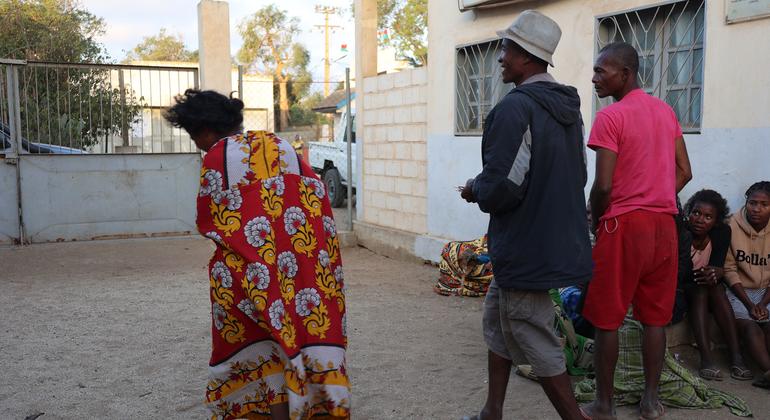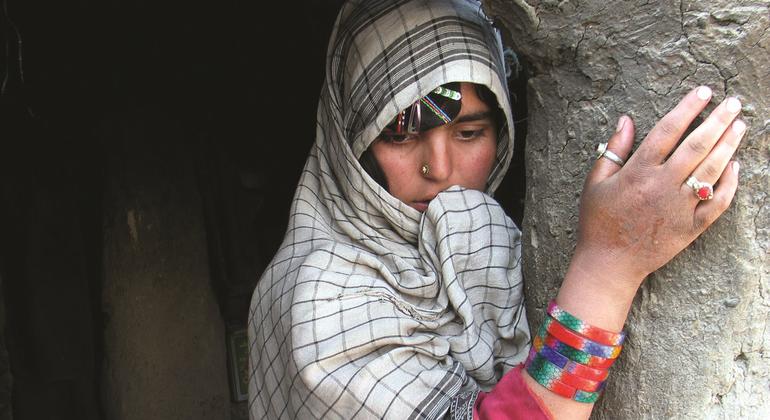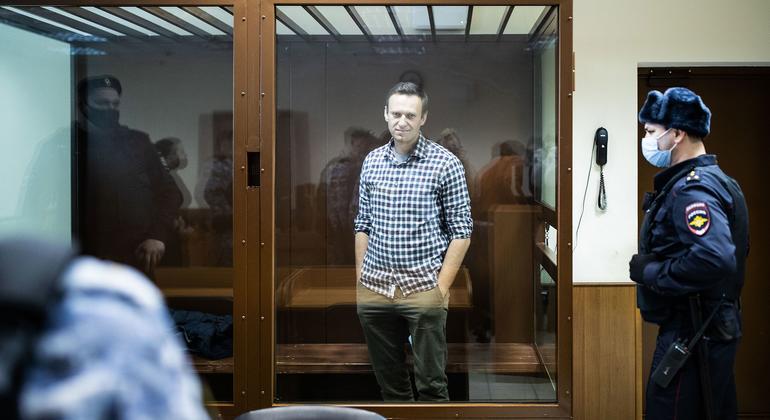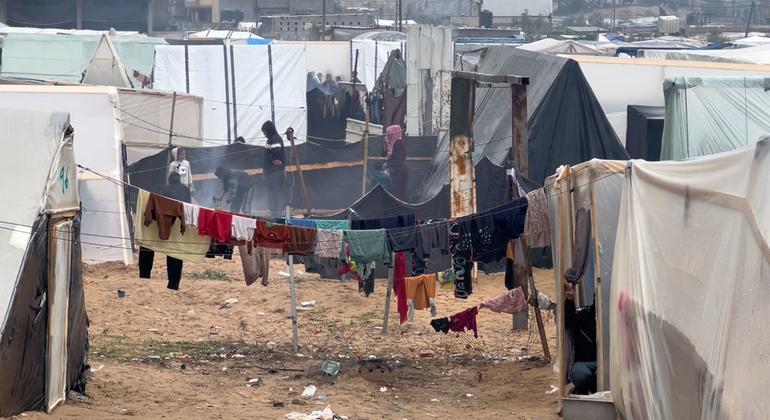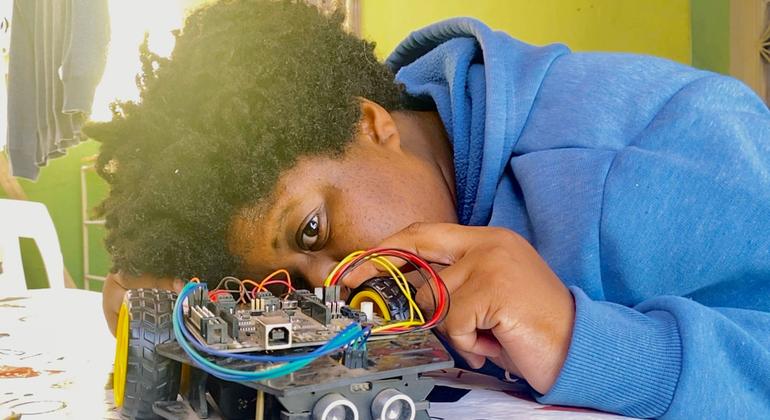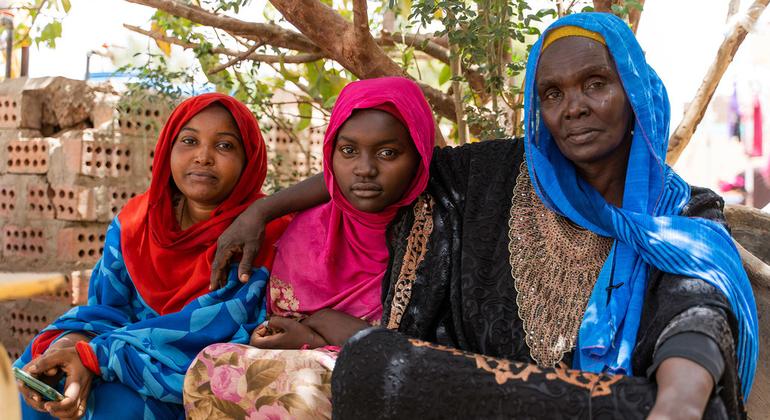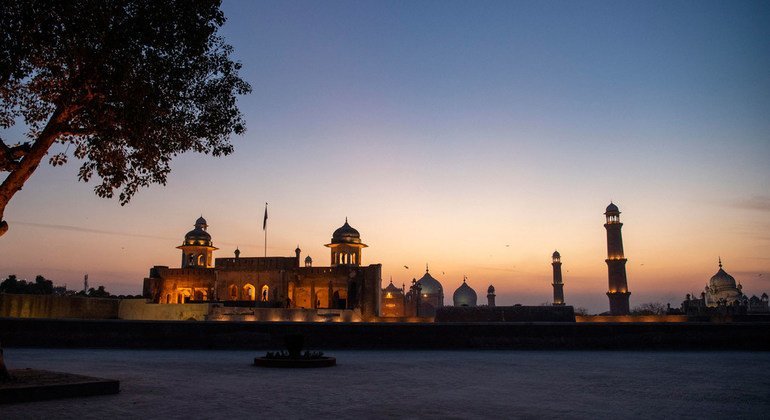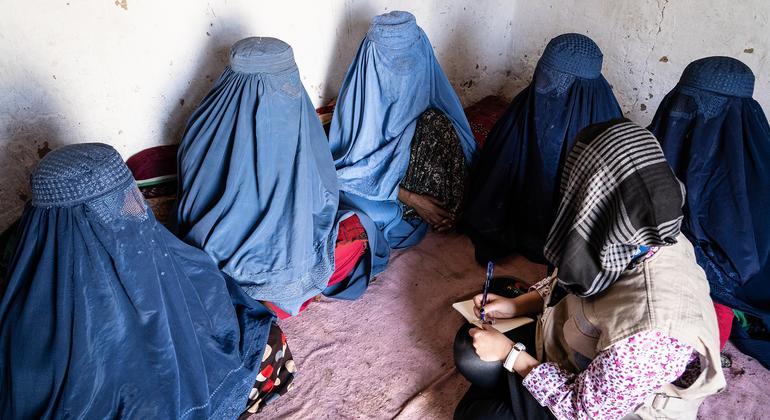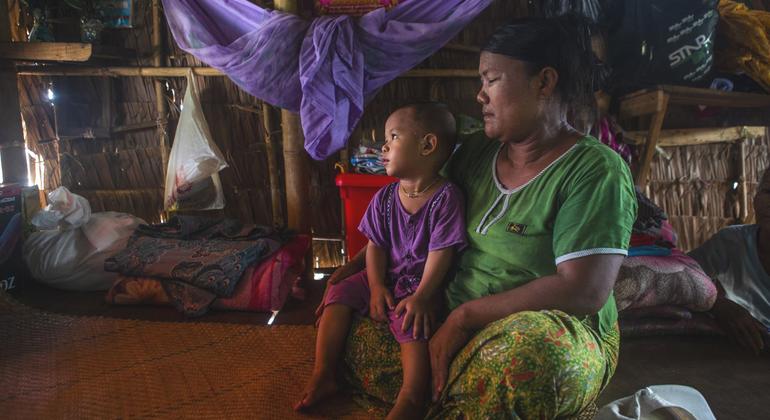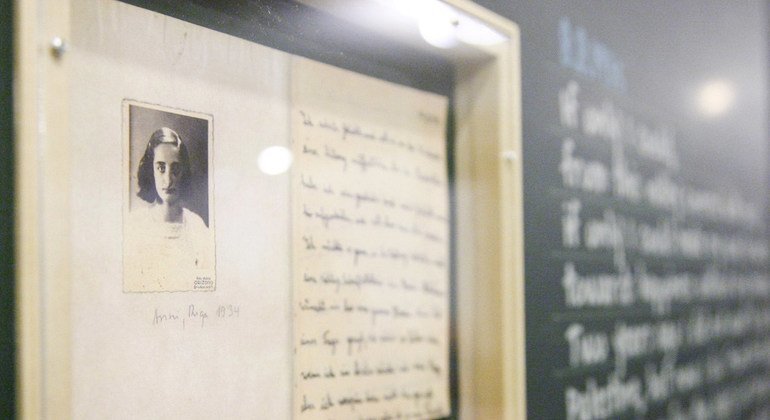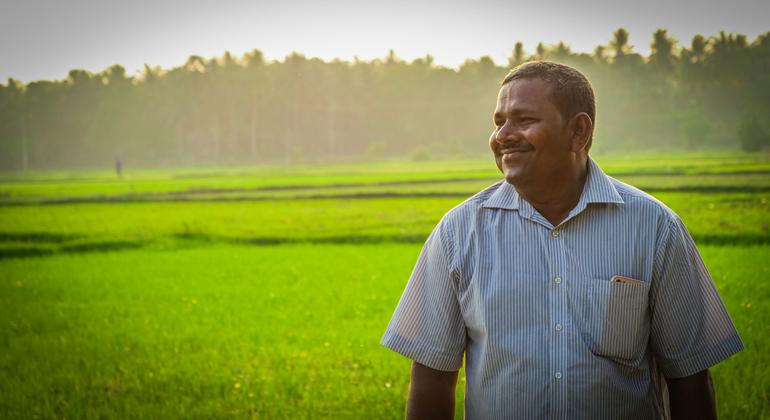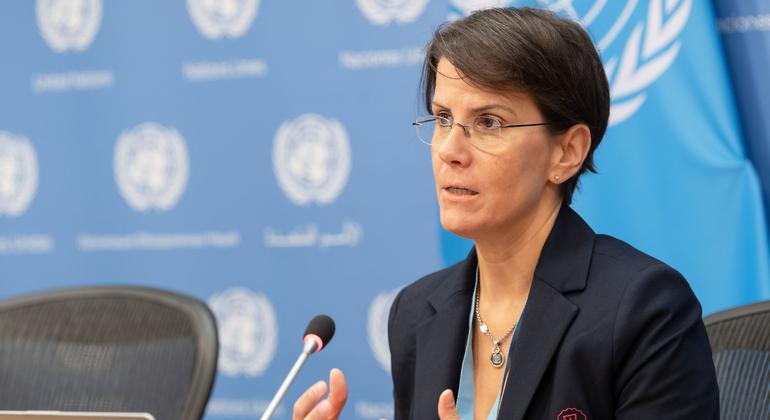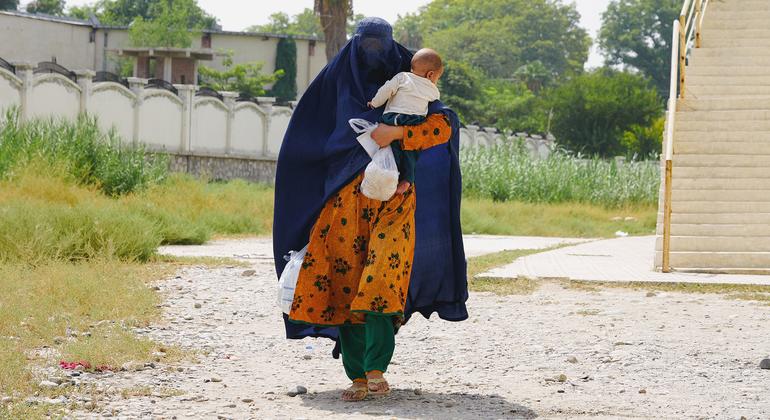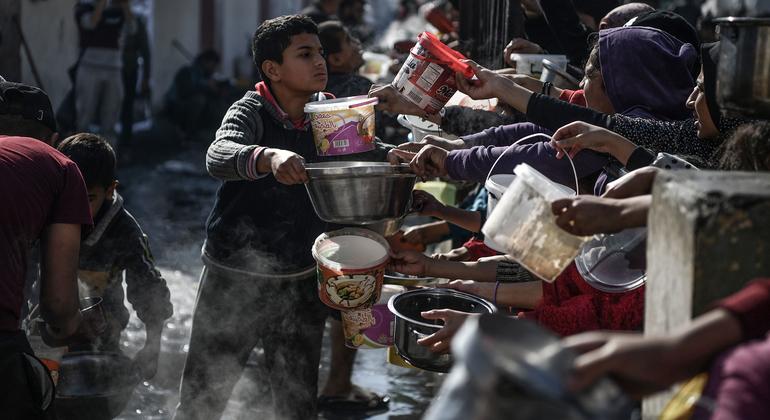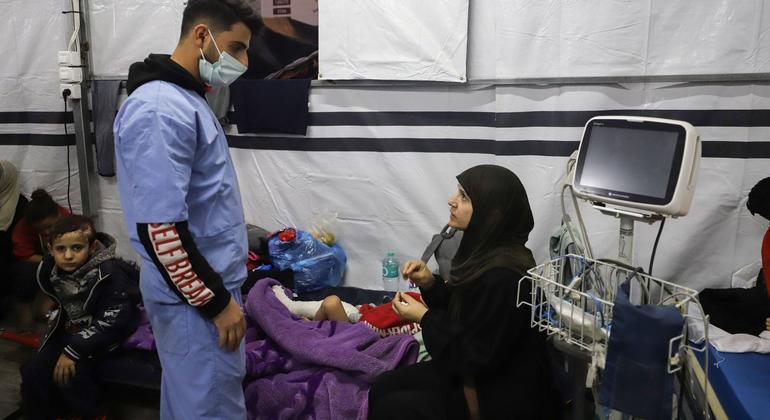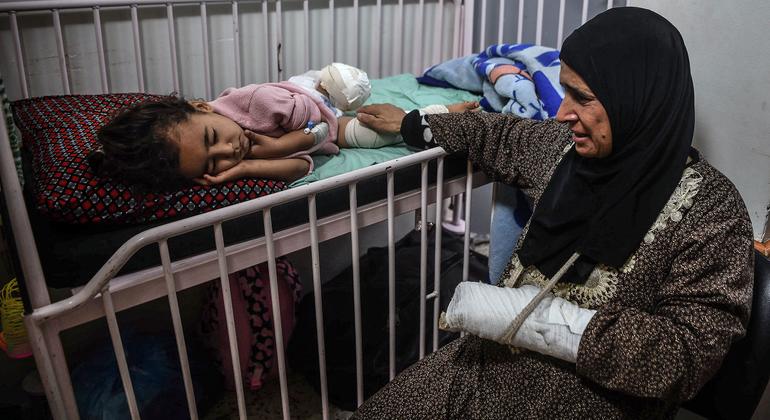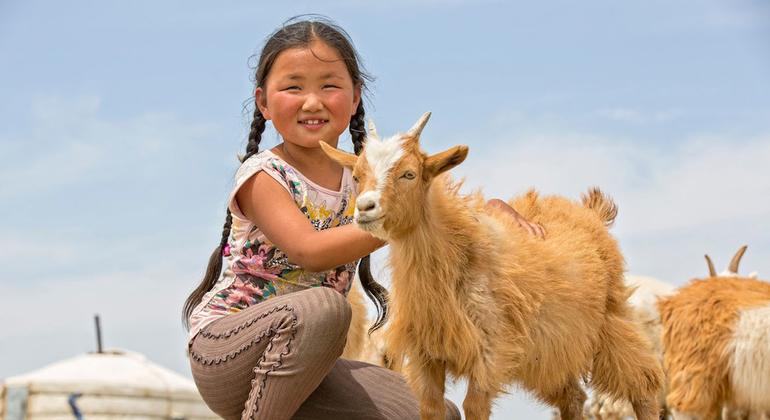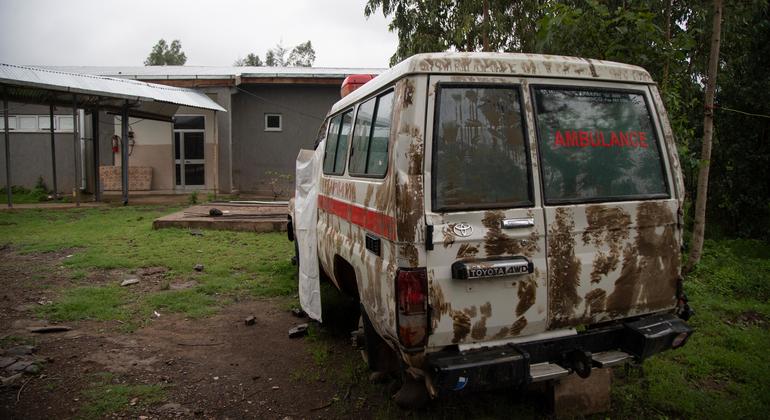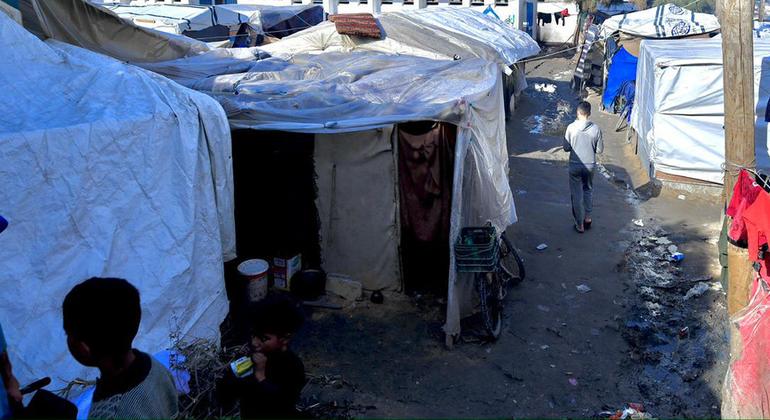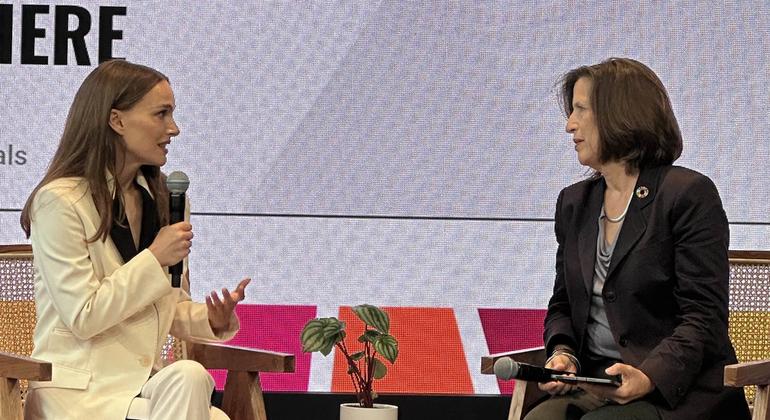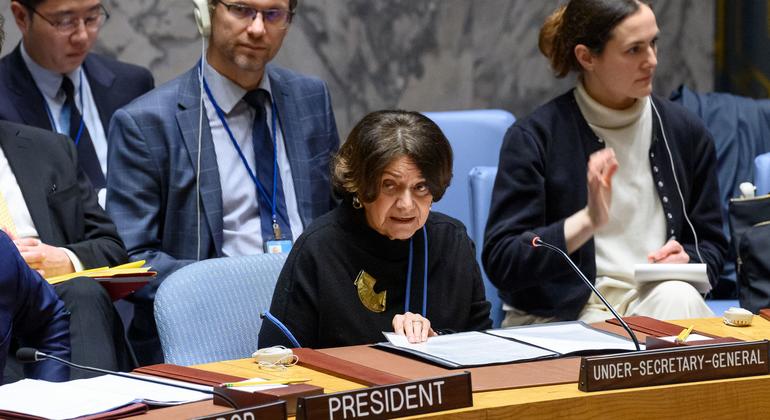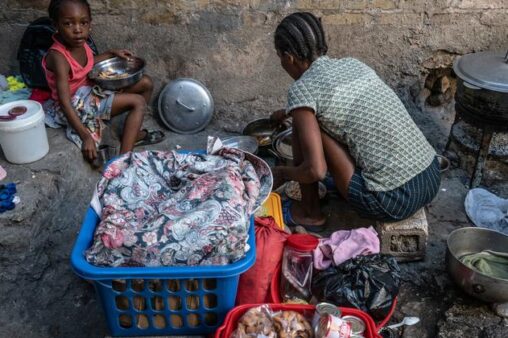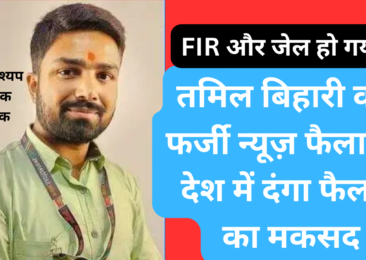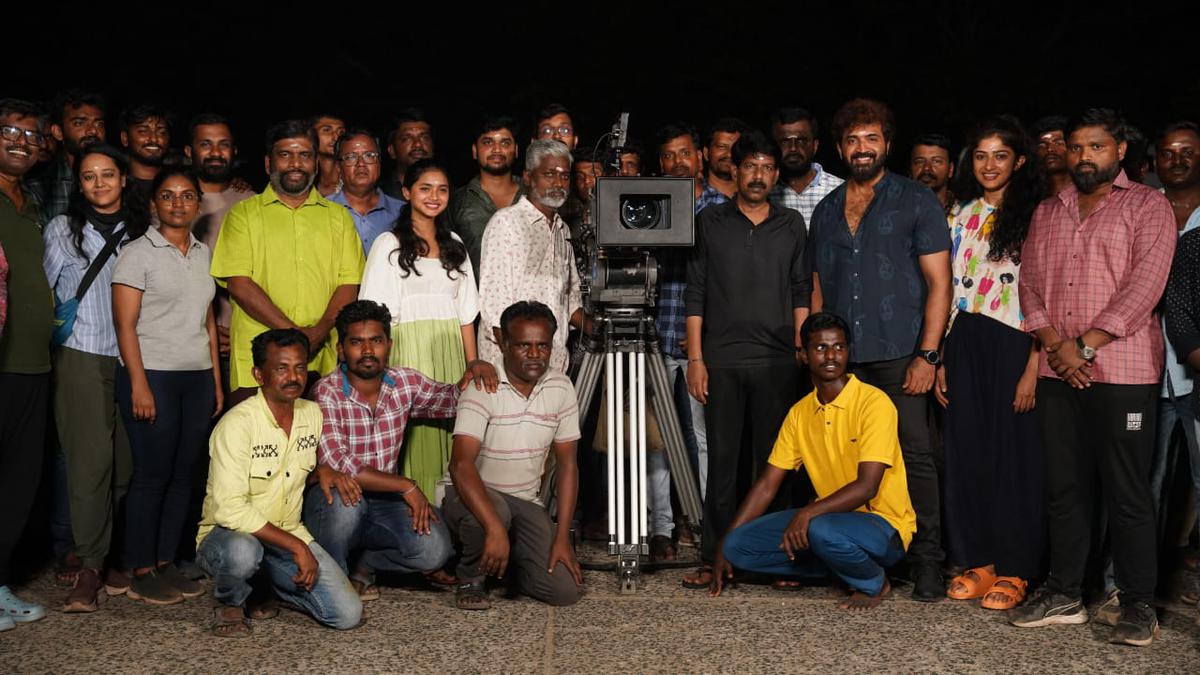An unfair practice – The Hindu
[ad_1]

A still from the movie Sthal directed by Jayant Somalkar
| Photo Credit: SPECIAL ARRANGEMENT
Interviews are not always for jobs. Many young, educated girls have to appear for ‘interviews’ to get married. Disguised as casual chats with the family members of a prospective groom, they face the same set of predictable questions thrown at them every few weeks until they pass the fairness barometer of a jury and their fathers have the money to fill the gap in expectations.
Director Jayant Digambar Somalkar has captured the irony of this atavistic social practice in his debut feature film Sthal (A Match) which will be premiered at the upcoming Toronto International Film Festival (TIFF).
Jayant, who rose to fame with the critically acclaimed OTT series Guilty Minds, has seen the impact of patriarchy, colourism, and dowry from close quarters while growing up in Dongargaon village in the Chandrapur district where the film was shot. It helped him weave a compelling story that unravels the contours of farm distress in rural Maharashtra through the story of Savita, a final year graduation student who is preparing for a government job but her parents see her as a burden that should be disposed off with marriage as soon as possible.
Jayant has worked with non-actors to create a scenario that is realistic and relatable and is underlined with a subtle satirical tone. “Sthal is a very personal, you could say a passion, project for me. It features my people and my village and I feel honoured for the film to be selected at TIFF. The selection is a big thing for any independent film since it gives an opportunity for the filmmaker to showcase their work on a very prestigious and global platform.”
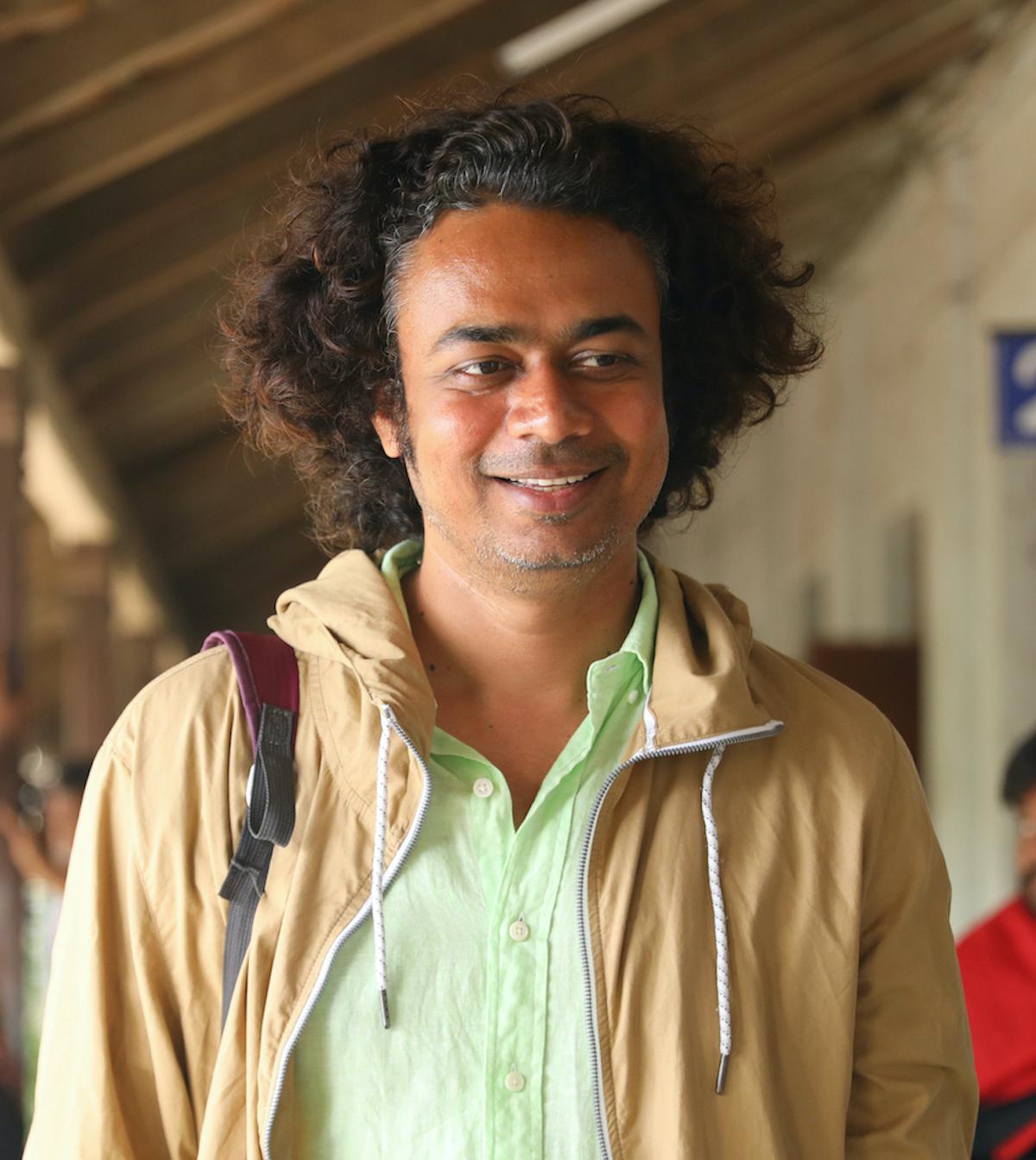
Director of Sthal, Jayant Somalkar
| Photo Credit:
SPECIAL ARRANGEMENT
Edited excerpts from an interview before Jayant takes the flight to Toronto.
What was the catalyst and motivation behind Sthal?
Being the youngest of four siblings, I saw my sisters going through this , but the idea for a film crystallised when I accompanied my cousin to one such ‘match’ meeting. It was a typical interview kind of scenario where a group of men made a young girl sit in the centre, on a stool, and asked her questions, starting from her name to her height and many more. I kept wondering what might be going on in her head as she sat there answering.
How did your background help in shaping the narrative? Your cinematic gaze captures the irony of the tedious process without being boring.
I was born in the same house which is Savita’s home in the film. I come from a farming community and the family still does farming. I spent my childhood in the village and then went to school in a nearby small town. So I was always connected to the people, the language, and the culture of the village. Though I live in Mumbai now, I visit my village a few times every year. I know this world so well that it helps me portray it realistically. Slice-of-life cinema excites me and I didn’t want to make it overly melodramatic or larger than life.
But at the same time, I didn’t want it to be boring. I think humour comes to me naturally; I like to write satire. Satire is a great tool to say something powerful even when dealing with the most grave and serious subjects. I try to find humour in the most mundane things in life. Even an awkward silence in the room can be humorous.
Is marriage still the be-all and end-all for the girl in rural India and romance is conducted from a distance, something urban India is perhaps ignorant about?
No, my intention is not to generalise. There has been some change but in rural India, marrying off the girl is still a burden on the parents’ shoulders and minds. The romance between a girl and a boy is still considered a lafda (trouble) and parents disapprove of it, nervous about gossip around them. For girls, arranged marriage is still considered the best honourable option.
The film raises significant questions on patriarchy, colorism, dowry, and farm distress…
The traditional matchmaking process is inherently patriarchal. It does look at the girl like a commodity. The men judge her on her looks, skin tone, height, etc. Often it can be somewhat humiliating for the girls. Even a dark-skinned man wants a fair girl. I think we Indians are obsessed with fairness. For a farmer parent, if a girl is dark-skinned and short, marrying her off is an added burden and as difficult as finding a fair price for their crop.
How important it is to make a film in the language where the story is set? Is the ecosystem changing?
Yes, it is very important to make a film in the language where the story is set, at least for me as a filmmaker. It makes the film authentic and realistic and audiences can connect to the characters and to their lives at a more personal level. They come to know about their region, culture, and language. It gives them an immersive experience.
For example, if the characters in a village in Maharashtra speak Hindi in everyday life, it will look fake and the audience will find it strange. Though these things were acceptable and common in the past, cinema is changing now. Filmmakers from small towns are coming to the fore and telling their own stories, stories from their villages and towns, stories of their people, in their languages.
Tell us about the experience of working with non-actors
All the actors in the film are first-time actors, or you could say they are ‘non-actors’. They are people from that very village and the nearby town. They had never faced a film camera before this experience. Most of them have never thought of working in a film even in their dreams. Working with non-actors was very challenging but also very exciting.
The best thing was that I never had to say to an actor, ‘You need to get into this character, go under his or her skin’ because they were literally already ‘in character’. A real-life farmer plays a farmer, a professor plays a professor, students play students, etc. That is the reason you can see honesty in their body language and in their speech too. I would tell them that they do not have to ‘act’ but rather just do what they do in real life. All I needed from them was to forget that we were shooting and that a camera was recording this.
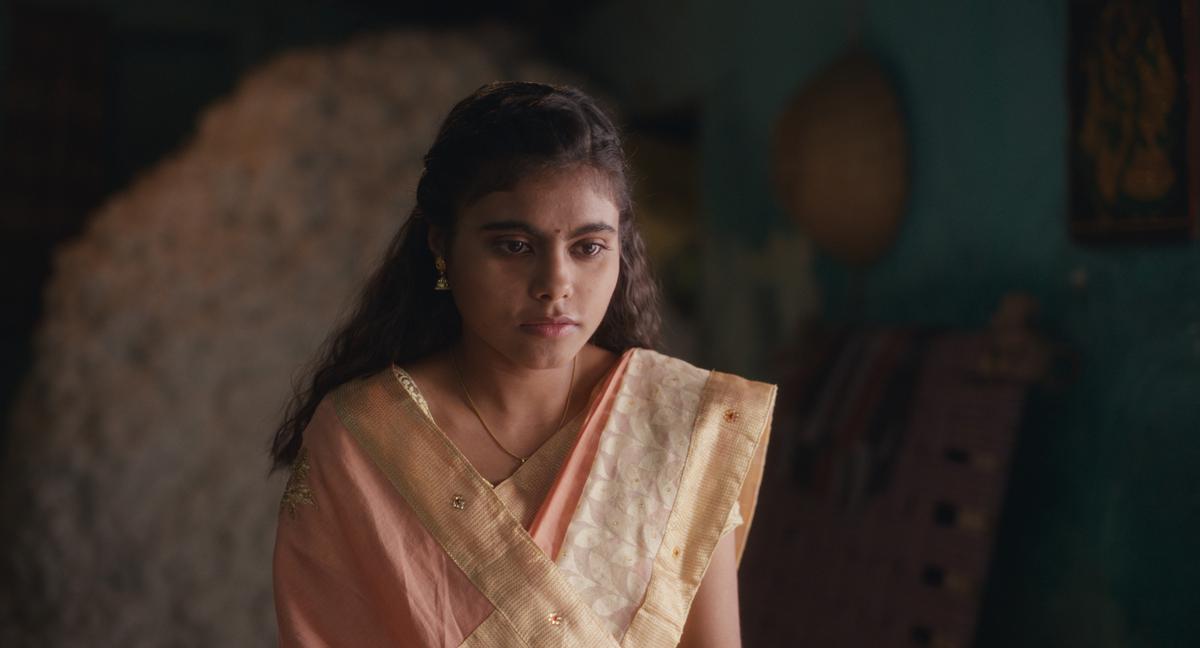
A still from Sthal
| Photo Credit:
SPECIAL AARANGEMENT
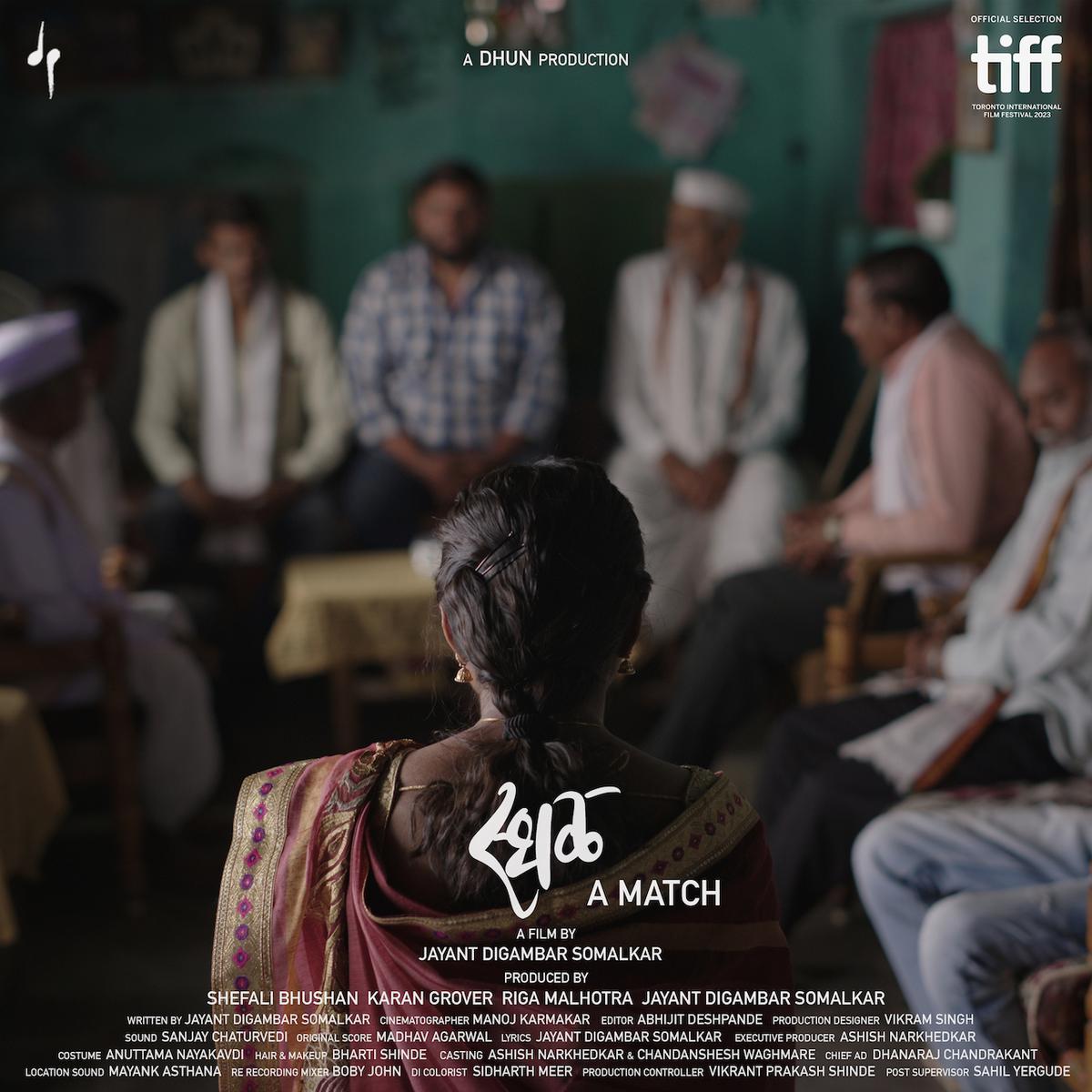
Sthal poster
| Photo Credit:
SPECIAL ARRANGEMENT
[ad_2]







